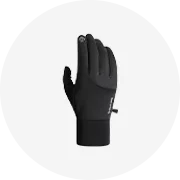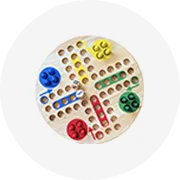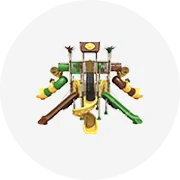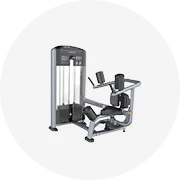About products and suppliers
Tìm nhiều hàn 500 ngọn đuốc. trên Alibaba.com và chọn một chiếc được sản xuất tốt để cung cấp thêm tính di động cho những người không thể đi lại bình thường. Giữ một chiếc ở nhà cho người già hoặc thành viên bị thương trong gia đình hoặc tìm một mẫu có thể hoạt động trong bệnh viện. Sử dụng hàn 500 ngọn đuốc. như một giải pháp thay thế nhanh hơn và hiệu quả hơn cho một chiếc xe lăn thủ công truyền thống. Thiết kế dành cho giới tính cho phép mọi người trưởng thành sử dụng những phương tiện tiện dụng này.
Tất cả hàn 500 ngọn đuốc. được cấp nguồn bằng pin và có thể được sạc lại để tiếp tục sử dụng. Hầu hết đều tự hành và có thể tự di chuyển mà không cần người sử dụng nỗ lực nào ngoài việc chỉ đạo. Người lái có thể tận hưởng cảm giác thoải mái tối đa nhanh hơn xe lăn mà không cần đi quá nhanh. Một số thiết kế có thể gấp lại được, khiến việc đóng gói và cất giữ chúng trở nên đơn giản. Mỗi chiếc đều chắc chắn và có thể dễ dàng nâng đỡ trọng lượng của hầu hết mọi người.
Mua hàn 500 ngọn đuốc. tại Alibaba.com và nhận được nhiều tùy chọn để giúp tìm ra lựa chọn hoàn hảo. Chọn một màu lý tưởng để tạo cho chiếc xe một chút phong cách cá nhân. Duyệt qua một số lựa chọn công suất và chọn một công suất không mất nhiều thời gian để sạc lại hoặc không cần quá nhiều năng lượng. Các bộ phận chất lượng đảm bảo mỗi chiếc xe tay ga sẽ cung cấp tuổi thọ sử dụng tuyệt vời.
Với hàn 500 ngọn đuốc. từ Alibaba.com, việc tìm kiếm một phương thức du lịch giá rẻ cho người khuyết tật trở nên dễ dàng. Mua một cái để sử dụng cá nhân tại nhà hoặc để trợ giúp chuyên môn cho bệnh nhân. Hãy tận hưởng một mô hình có vẻ ngoài đẹp và sẽ cung cấp mức hiệu suất lý tưởng.























